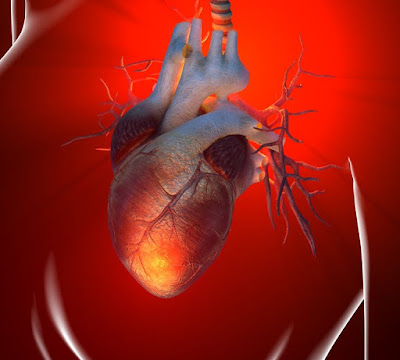
December Heart Attacks Are the Most Deadly
And It's Important for You to Know Why
Several medical studies now show pretty convincingly that Americans who have heart attacks around the holidays -- specifically, the time between Thanksgiving and New Year's Day -- are more likely to die than people who have heart attacks at other times of the year.
The increase in cardiac mortality during...
 RSS Feed
RSS Feed Twitter
Twitter

























 12:09 AM
12:09 AM
 Unknown
Unknown






